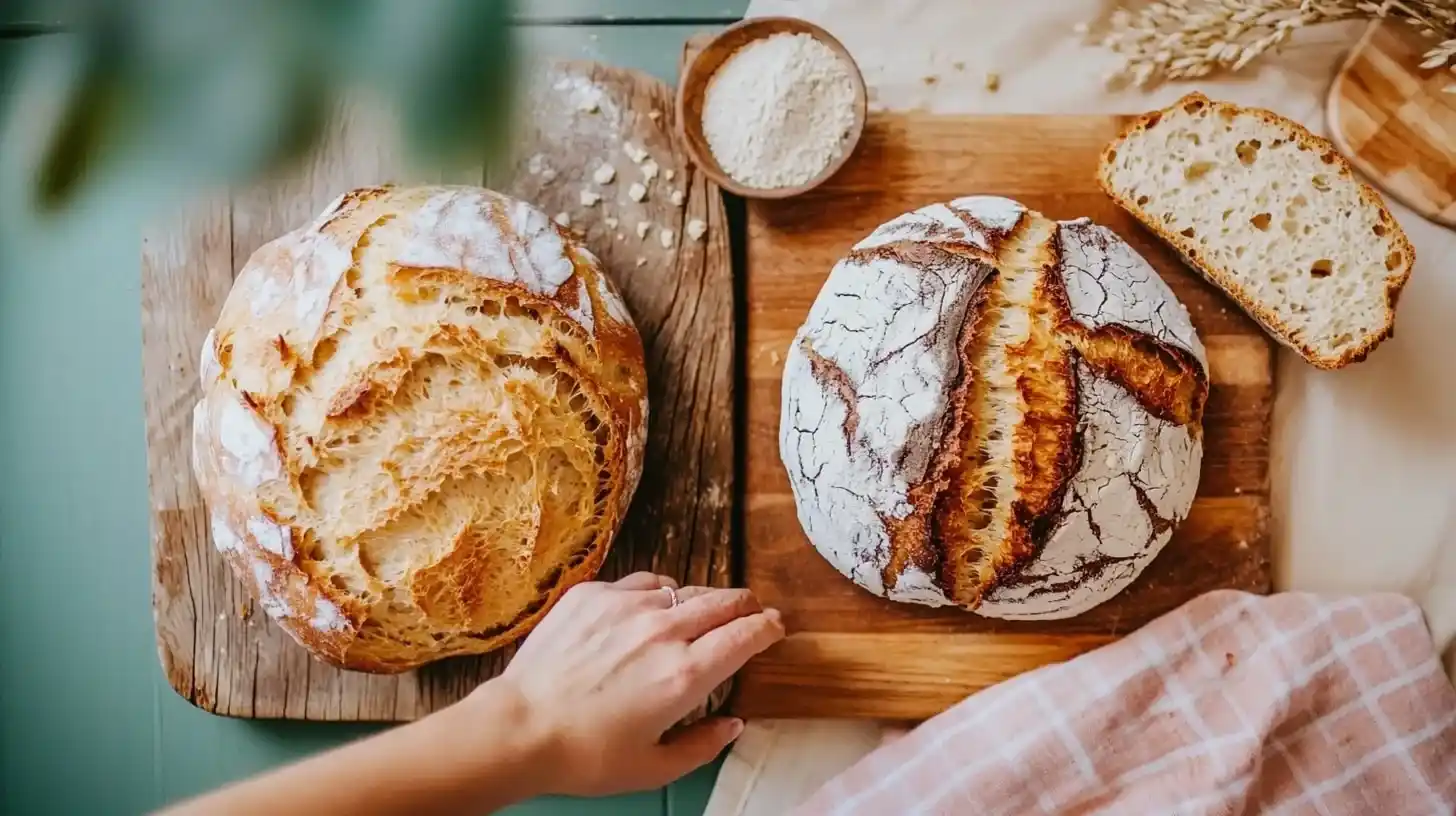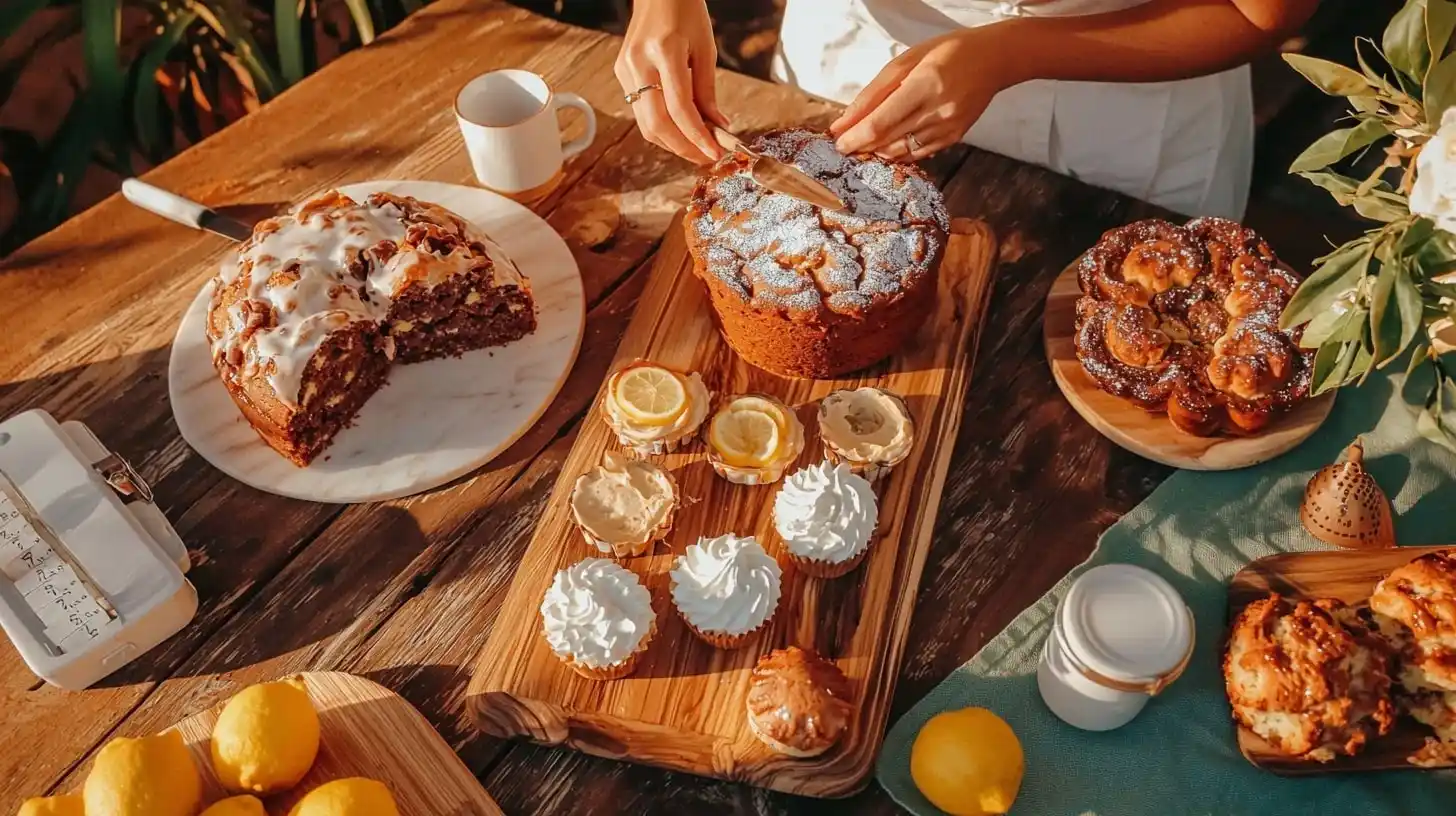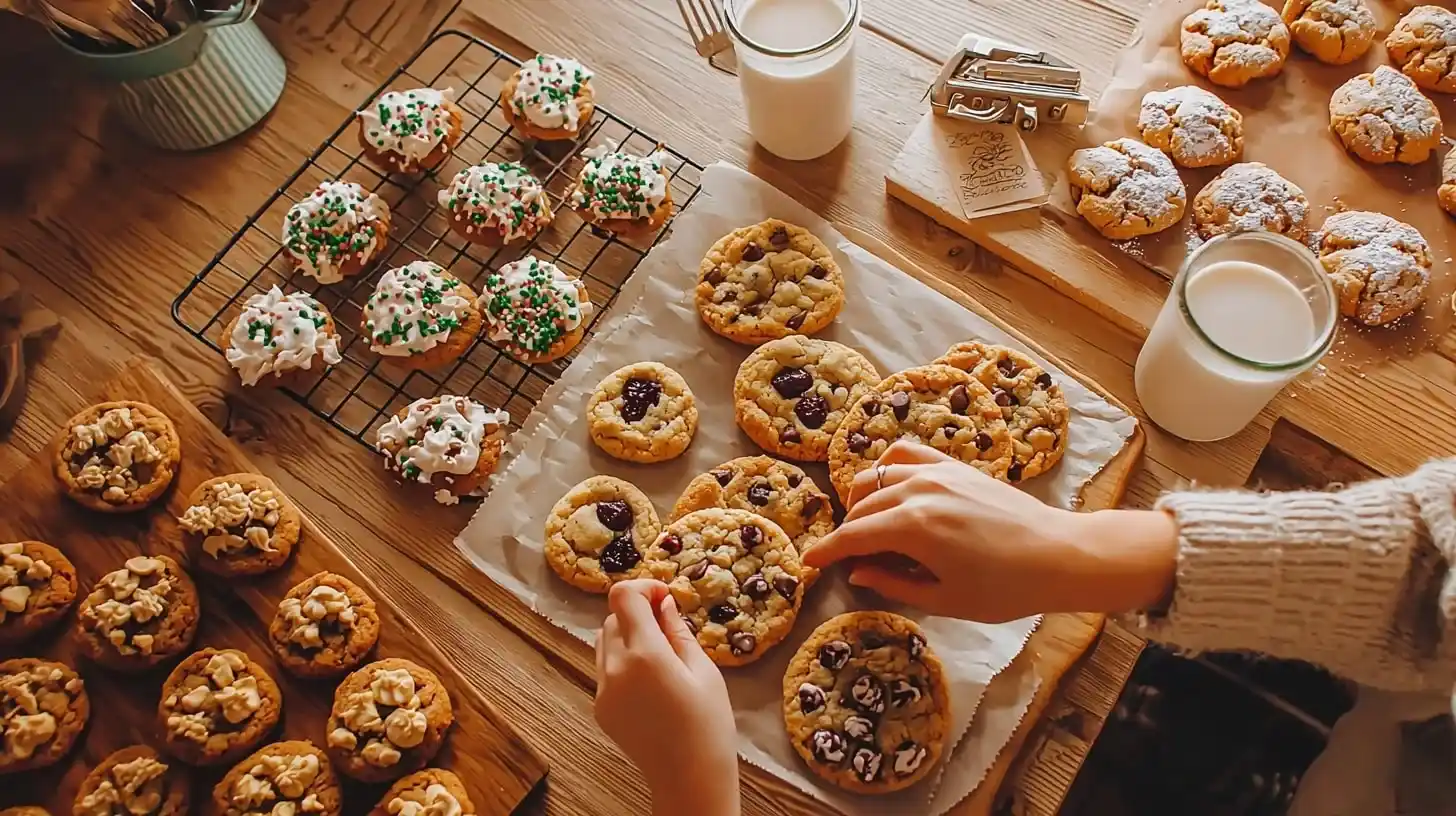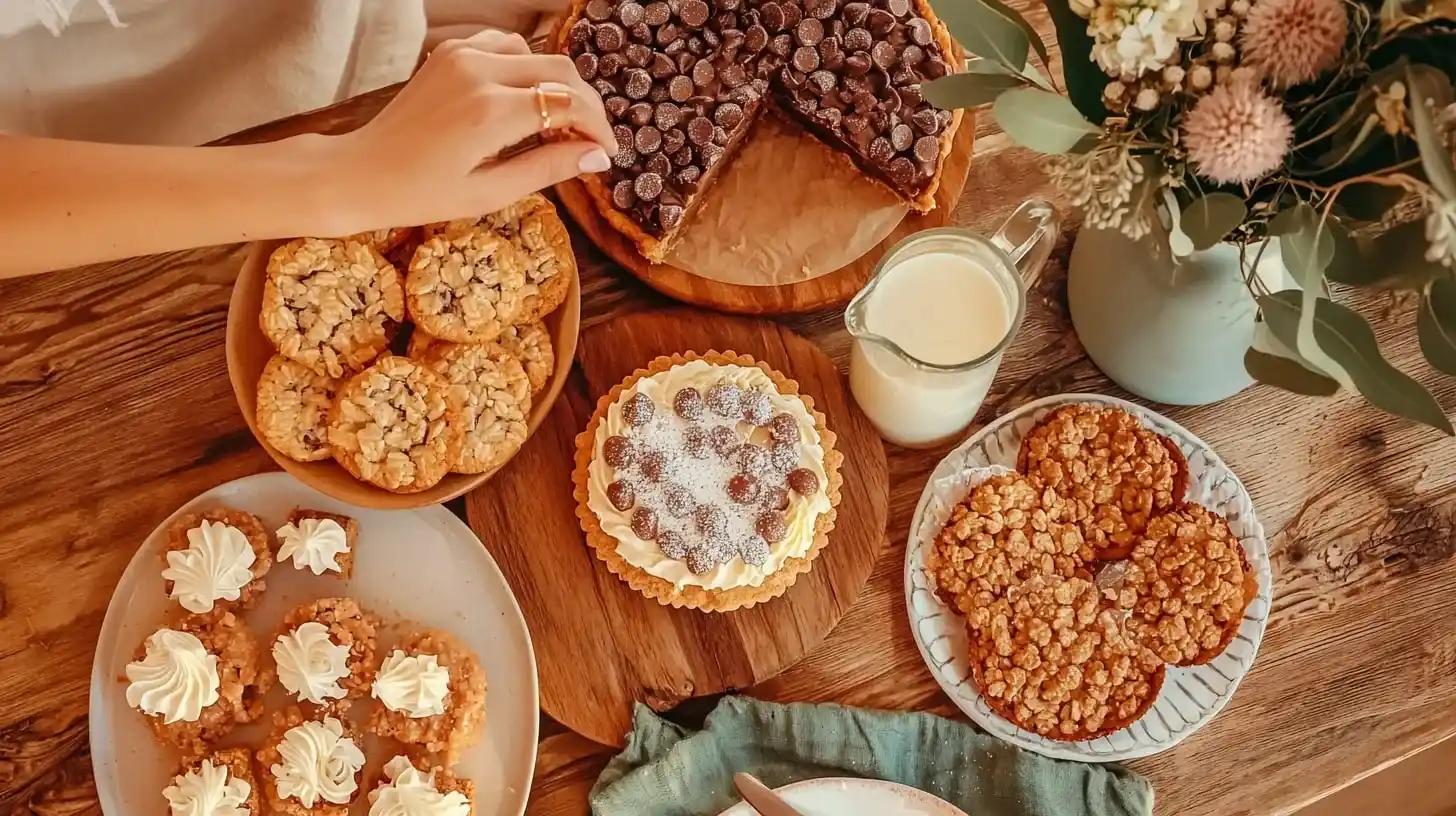When I began developing my Gluten Free Monkey Bread recipe, I faced a question that every gluten-free baker eventually confronts: how do you replace something seemingly irreplaceable? After numerous attempts that resulted in everything from brick-like loaves to crumbly messes, I’ve come to understand that the single biggest challenge of making gluten-free bread is creating structure without gluten’s unique elasticity.What Is the Biggest Challenge of Making Gluten-Free Bread?.
My first truly disheartening gluten-free bread moment came when my youngest child tried to make a sandwich with my earliest attempt. The bread disintegrated in his hands, creating more of a breadcrumb topping than a sandwich. With tears in his eyes, he asked, “Will I ever have normal bread again?” That moment transformed my baking journey from casual experimentation to determined mission.
Table of Contents
Why This Challenge Matters What Is the Biggest Challenge of Making Gluten-Free Bread?
Understanding the central challenge of gluten-free bread baking matters deeply because:
- Structure defines experience: The physical properties of bread determine how we interact with and enjoy it
- Emotional connection: Bread carries cultural and emotional significance that transcends ingredients
- Daily staple: Unlike occasional treats, bread is a daily food for many families
My Kentucky grandmother often said, “To solve a problem, you first have to name it properly.” In gluten-free baking, properly naming the challenge as one of structure rather than simply flavor or appearance has been the key to meaningful progress.What Is the Biggest Challenge of Making Gluten-Free Bread?.
The Core Challenge: Replicating Gluten’s Function
The fundamental challenge of gluten-free bread: achieving the structure and elasticity that gluten naturally provides to wheat bread
The biggest challenge in gluten-free bread making is fundamentally molecular. Gluten is a remarkable protein with properties that no single gluten-free ingredient can replicate:
The Elasticity Network
When wheat flour meets water, its proteins (gliadin and glutenin) form gluten – an elastic network that stretches like a balloon to capture gas from yeast fermentation. This microscopic structure is what allows bread to rise while maintaining its shape and developing those beautiful air pockets we associate with good bread.
My first revelation came when I observed my husband making traditional bread. “Look how it stretches,” he pointed out as he pulled the dough. “It’s like an edible balloon.” That stretchy quality was precisely what my gluten-free attempts lacked – they would either remain dense or rise and then collapse because nothing held the gas bubbles in place.
The Moisture Retention Problem
Gluten doesn’t just provide structure; it helps wheat bread retain moisture during and after baking. Without it, gluten-free breads face a cruel dilemma: too little moisture creates dry, crumbly results, while too much makes gummy, undercooked centers.
My middle child once described my early gluten-free bread as “simultaneously dry and raw” – a paradoxical but accurate description of what happens when bread lacks the balanced moisture distribution that gluten naturally facilitates.
The Flavor Carrier Issue
Perhaps most subtly, gluten forms a matrix that carries and distributes flavor compounds throughout bread. Without it, flavors can seem flat or unevenly distributed, requiring careful adjustment to achieve the full, rounded taste profile of traditional bread.
“Something’s missing, but I can’t quite name it,” my oldest son observed about an early recipe. He wasn’t detecting missing ingredients so much as missing flavor integration – another hidden function of the gluten we were working to replace.What Is the Biggest Challenge of Making Gluten-Free Bread?.
Strategic Solutions to the Challenge
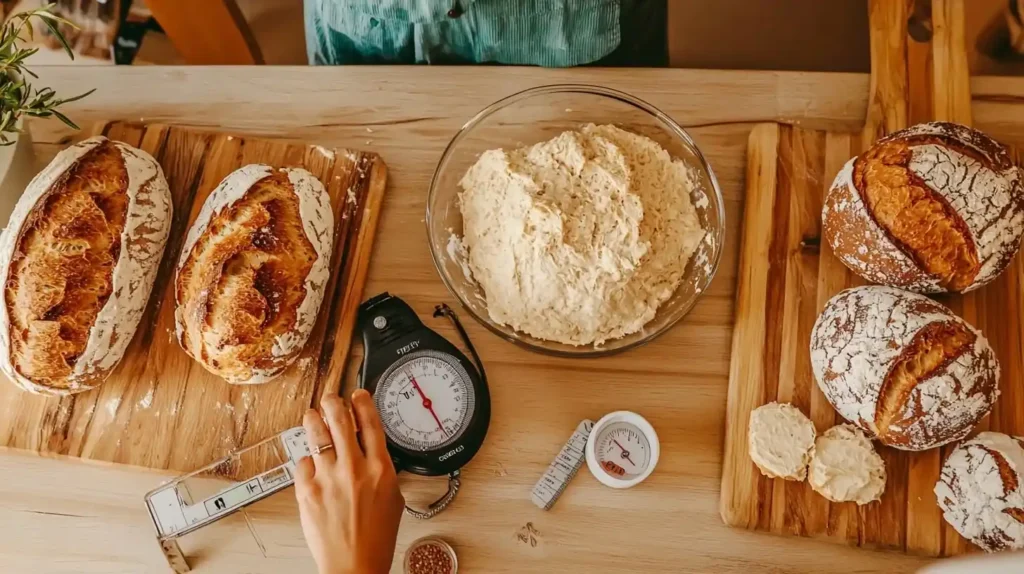
Strategic solutions to the biggest gluten-free bread challenges: optimizing protein content, maintaining proper hydration, controlling temperature, and allowing adequate rest time
Understanding that structure is the core challenge has led me to strategic approaches rather than simple substitutions:
Protein Reinforcement
Since gluten is a protein, other proteins can help fill its structural role:
- Adding extra eggs to dough provides protein reinforcement and binding properties
- Incorporating protein-rich flours like quinoa, amaranth, or chickpea flour
- Using whey protein isolate for elastic properties (if dairy is tolerated)
When I began intentionally boosting protein content, my husband – initially skeptical of gluten-free bread – took a bite and said, “This actually has some substance to it.” The protein reinforcement was making a tangible difference in mouth-feel and satisfaction.
Hydrocolloid Helpers
Various gums and fibers can mimic aspects of gluten’s binding properties:
- Xanthan gum provides immediate structure but can create a slightly gummy texture
- Psyllium husk develops a more bread-like chew and helps with moisture distribution
- Flaxseed gel contributes elasticity while adding nutritional benefits
My breakthrough moment came when combining these ingredients rather than relying on just one. “It’s not about finding a gluten replacement; it’s about creating a gluten alternative system,” I explained to my daughter as we mixed dough with our custom blend of binders.
Balancing Moisture Dynamics
Managing moisture differently than in wheat bread is essential:
- Higher initial hydration levels compensate for the thirsty nature of gluten-free flours
- Fat incorporation (through oil, butter, or egg yolks) helps prevent rapid moisture loss
- Cooling bread completely before cutting prevents moisture escape from the warm interior
My sister, visiting during a baking day, was surprised when I insisted on allowing a loaf to cool for two hours. “Patience is an actual ingredient in gluten-free bread,” I told her as she eyed the cooling rack longingly. The results – a bread that didn’t dry out upon cutting – proved the point.
Technical Precision
Gluten is forgiving; gluten-free baking is not. Technical precision becomes crucial:
- Exact measurements by weight rather than volume
- Controlled fermentation environments with specific humidity levels
- Precise temperature monitoring throughout the process
My kitchen now resembles a mini-laboratory, with scales, thermometers, and timers – a far cry from my grandmother’s intuitive baking approach. “Baking is both an art and a science,” she used to say, “but gluten-free baking tips the balance firmly toward science.”
For additional insights into technical approaches, you might find What is the trick to making good gluten-free bread? helpful for understanding specific techniques that address this fundamental challenge.
The greatest shift in my gluten-free baking came when I stopped seeing the challenge as an obstacle and began viewing it as an opportunity for creativity. Rather than attempting to perfectly mimic wheat bread, I began developing recipes that played to the strengths of gluten-free ingredients while minimizing their weaknesses.
My children, initially disappointed by the differences in gluten-free bread, have come to appreciate these unique qualities. “It’s not worse bread; it’s different bread,” my youngest now explains to friends who visit. This perspective shift – from comparison to appreciation – represents the emotional side of overcoming the technical challenge.What Is the Biggest Challenge of Making Gluten-Free Bread?.
With warmth, Sophia

